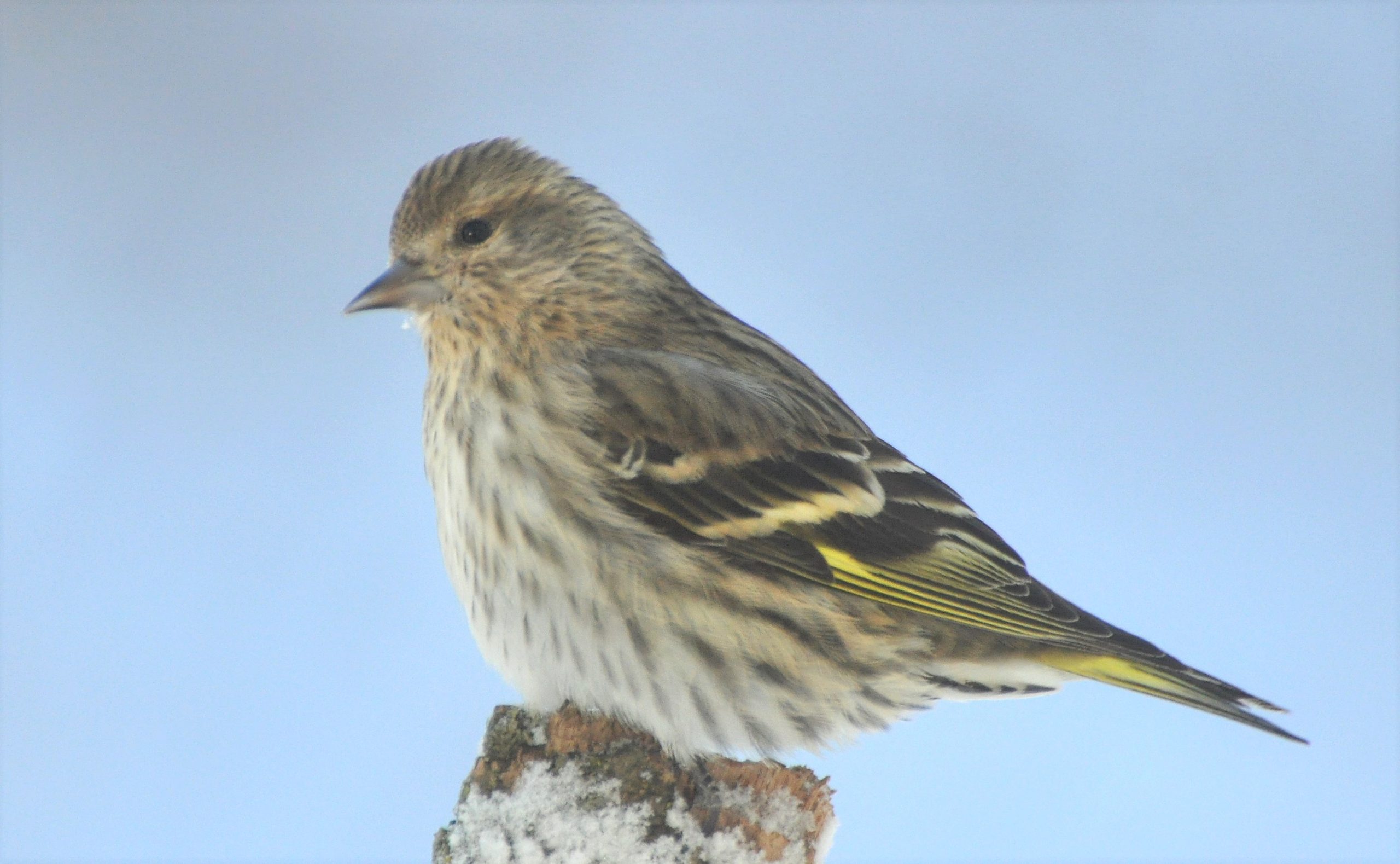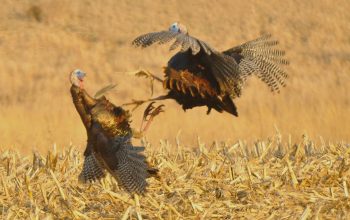Providing Backyard Entertainment while Enhancing Cold Weather Survival
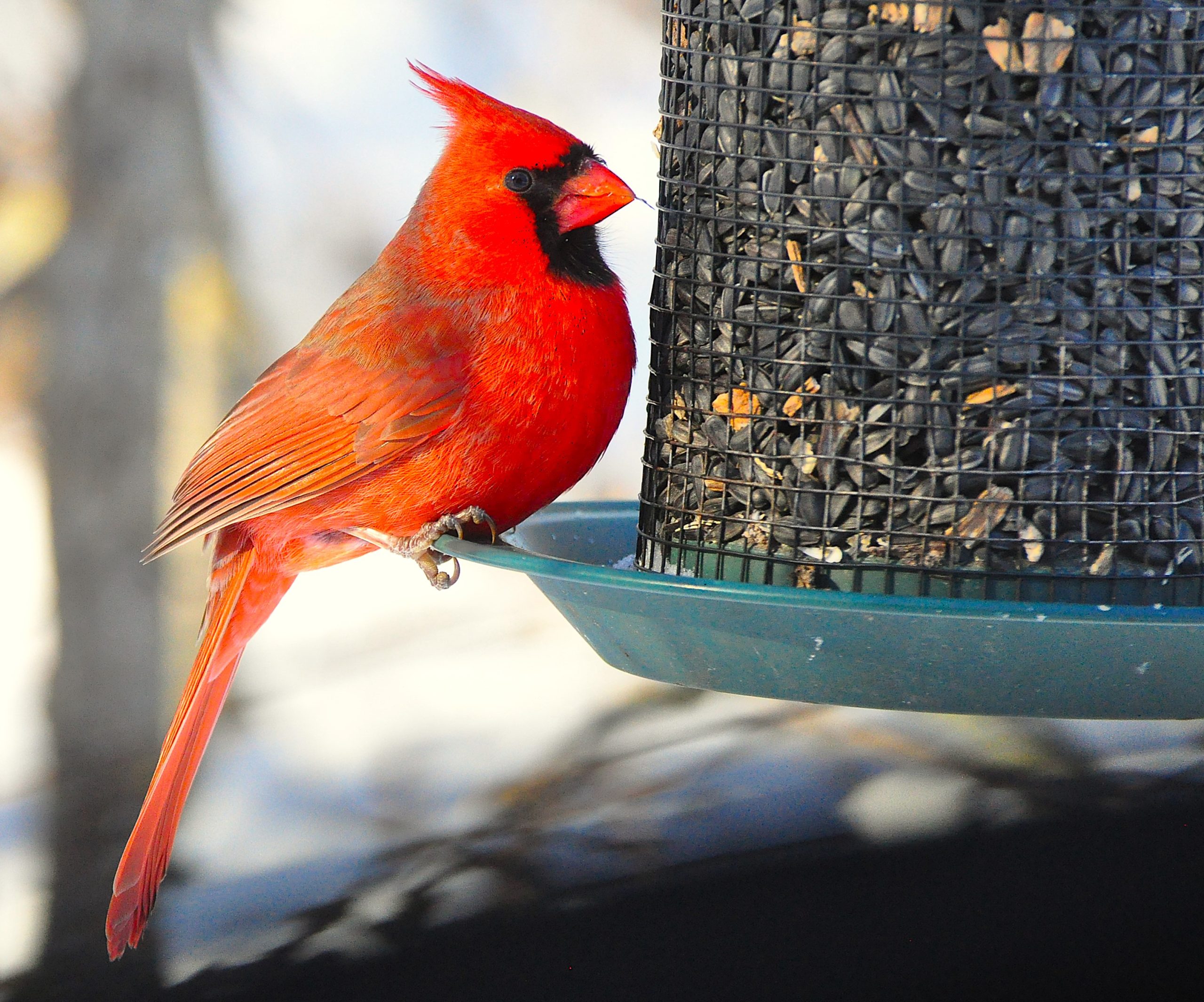
By Lowell Washburn
If you enjoy feeding backyard birds, you’re not alone. Somewhere in the vicinity of 900,
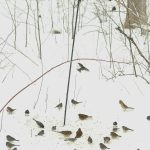
000 Iowans, and upwards of 80 million Americans nationwide also — either in winter or year-round – enjoy attracting wild birds to their feeding stations. Backyard bird feeding is so popular, in fact, that according to the Iowa Ornithologists’ Union [IOU], the only outdoor activity that surpasses it is summer gardening.
One of the things that makes bird feeding somewhat unique is that it is an outdoor activity that can be enjoyed from indoors. Nothing beats sitting in the cozy comfort of your living room while watching increasing numbers of birds flock to your feeders during a mid-winter snowstorm. In
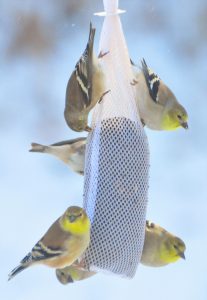
addition to providing quality entertainment, there is also evidence that bird feeding – especially during extended periods of severe weather – can enhance winter survival by providing all the food in one
spot that stressed birds need. Because of intensive and widespread winter-feeding programs, thousands of goldfinches now spend the cold weather months in Northern Iowa where previously there were few or none. Bird feeding has also allowed cardinals to dramatically expand their winter range northward, not only across Iowa, but all the way into Canada, according to the IOU.
Bird feeding can be as simple or as complex as a person cares to make it. Although Americans annually spend
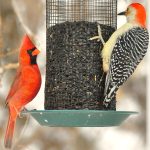
more than $1.5 billion on specialized bird seeds, bird feeding doesn’t need to be a budget buster. Simple, low-cost backyard programs can still supply our feathered friends with plenty of winter nutrition.
In order to maintain body heat, wintering birds need fat and carbs, and plenty of it. They will consume all the calories they can get their little beaks on. Black-oil sunflower seeds are a high energy food source that is eagerly consumed by nearly all of Iowa’s wintering bird species – including long distance Canadian visitors such as siskins, redpolls, and purple finches.
Most ground feeding birds – juncos, doves, a wide variety of sparrows, and jays – will readily accept offerings of cracked corn which can be placed directly on the ground or in shallow wooden trays.
Sunflower seed can also be added to the cracked corn. When placed on the ground, be sure to only put out what birds will clean up before food becomes wet or moldy – usually not a problem in below freezing temps.
Adding a suet feeder or some crunchy peanut butter to your program will attract fat craving birds like chickadees, several species of woodpeckers, flickers and nuthatches. Add a
shallow heated bird bath to the mix, and you’ll be amazed at its use. These are all the ingredients you’ll need to attract a wide variety of winter birdlife. For those who want to go a step farther, specialty seeds like peanut hearts, Nyjer thistle, sunflower hearts, and others can be added to attract potentially greater numbers of more specific species.
Habitat is key to winter survival. Whether they reside in rural or residential landscapes, birds need secure escape and nighttime roosting cover. The more desirable your location already is to wintering wildlife, the greater the diversity and abundance of birdlife you’ll enjoy.
Enjoy more wildlife tales online at Washburn’s Outdoor Journal at iawildlife.org/blog/.
